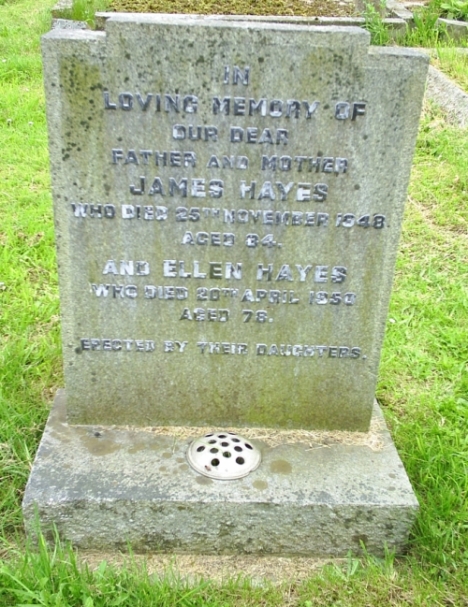 The Oxford Companion to Family and Local History by David Hey
The Oxford Companion to Family and Local History by David Hey
My rating: 3 of 5 stars
I’m not sure at what point one can say one has “read” a reference book such as this. But I think I’ve read enough to comment on it. It is quite a substantial book and comes at quite a substantial price (£25.00), which I didn’t have to pay as I borrowed it from the library.
The first part of the book is devoted to twenty articles on various aspects of family and local history. They are by various contributors, and deal with topics such as beginning family history, surnames, researching Afri-Caribbean ancestry, family and society, landscape, industrial and labour history, domestic architecture, historc churches and more.
The second part is arranged alphabetically, like an encyclopedic dictionary, and consists of shorter articles, most of them less than a column in length, on a wide range of topics. A random sampling of entries includes parlour, potatoes, pottery and postcards, lectern, leasehold and leather, contraception, copper and copyhold tenure.
The longer thematic articles are a mixed bag, and generally I found them disappointing. Some were interesting and informative, while others were merely annotated bibliographies that conveyed little actual information. An example from the article on Domestic Architecture is typical (p. 143):
From the very beginning it was recognised that a regional approach was necessary to chronicle the separate development of the smaller house in different parts of the kingdom, where local craft traditions responded to climate, topography, available building materials, farming practices and economic prosperity, to create local solutions to the housing needs of the population. The two pioneering studies both came from Yorkshire. In 1898 S.O. Addy, a Sheffield solicitor and prolific antiquary on subjects ranging from dialect to cutlery, published The Evolution of the English House, and in 1916 C.E. Innocent, an architect and another native of Sheffield, published The Development of English Building Construction. Both books drew on local examples and remain invaluable because they record rural houses at a period before the radical alteration demanded by changing perceptions of public hygiene had obliterated much of the evidence of the original forms.
He tells us nothing about the original forms, or the changes – simply that you can find out about them in two out-of-print books that are probably inaccessible to many readers. Nor does he tell us about how local craft traditions responded to climate, topography, available building materials etc., he simply mentions that they did so. If you are a family historian, and want to know what kind of houses your ancestors lived in, this kind of article is worse than useless. It tells you nothing, except that you have paid a lot of money for a book that does not give the kind of information you expect to find in it. This kind of article would be very useful as a resource for an author writing an article for this kind of book, but it is no substitute for the real thing, and the actual article has yet to be written. Boo hiss to OUP for giving us an unfinished book.
Several of the thematic articles take this form, being simply annotated bibliographies, with no real information at all. If the book were advertised as a companion to historiography, rather than to history, that might be acceptable, but as it is it verges on fraudulent advertising. This kind of writing might be all right as a literature survey at the beginning of an academic thesis, or as an article in a scholarly journal. But at least the literature survey is followed by the meat of the thesis; here there is no meat at all. I might have given it four or five stars, were it not for this shortcoming.
The alphabetical section is generally better.
It contains quite a lot of useful information, and I’ve enjoyed reading it in bed before going to sleep. One can read a couple of short articles and perhaps jump around looking for references to other things. But in view of the shortcomings of some of the longer articles, I’m not sure that the book is worth the price. One can probably find more information on the Web free of charge, like this article on domestic architecture, for example.
The book does make several references to web sites, though as that kind of information can quite quickly become outdated, I’m not sure how useful it will be in a few years time.
View all my reviews >>
Filed under: family history | Tagged: book reviews, books, family history, genealogy, local history, reference | Leave a comment »











